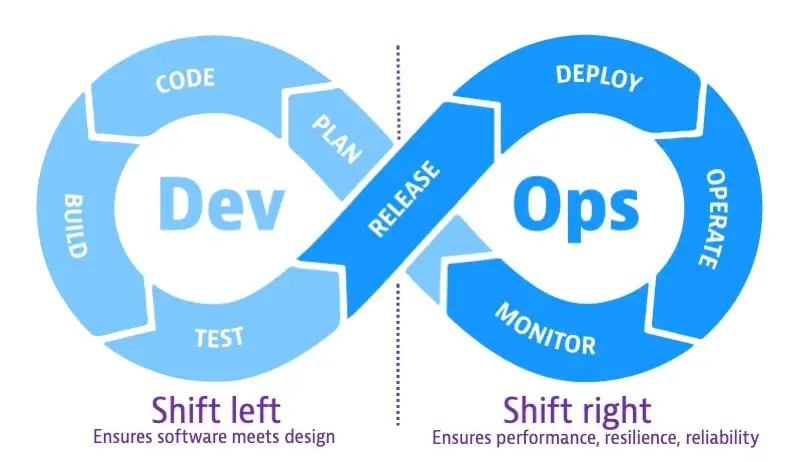Shift-Left Testing changes the game in software development by integrating testing early and throughout the development process. This strategy extends the developer’s responsibilities beyond coding, making them key players in quality assurance. Here’s a closer look at how developers’ roles are evolving and the impact on software projects.

Expanded Developer Responsibilities
Active Participation in Testing
Developers now actively engage in the entire testing lifecycle. Beyond writing code, they are responsible for creating unit tests and contributing to integration and end-to-end testing. This involvement ensures testing is an integral part of development from the start.
Continuous Engagement
From the initial stages of development, developers consider the testability of features. They remain engaged in testing throughout, identifying and addressing potential issues early, when they are easier and cheaper to fix.
Collaboration Across Teams
The shift-left approach blurs the lines between development, QA, and operations. Developers collaborate closely with all teams involved, sharing feedback and insights to refine testing strategies and improve the software’s overall quality.
Ownership of Code Quality
Developers take full ownership of their code’s quality. They are accountable for fixing issues in their code and ensuring it meets all testing criteria before proceeding in the CI/CD pipeline.
New Expectations for Developers
Proactive Testing Involvement
Developers are expected to proactively include testing in their development process, anticipating and mitigating potential faults early on.
Writing High-Quality, Testable Code
The expectation extends to writing testable code, following standards that facilitate easy testing, such as modular, decoupled code, and employing design patterns that support testability.
Effective Collaboration
Effective communication and collaboration with all project stakeholders are crucial. Developers must participate in planning sessions with a focus on testability and work closely with QA teams to resolve testing issues.
Adopting a Quality-First Mindset
Developers are expected to prioritize quality, demonstrating diligence in testing, openness to feedback, and a commitment to continuous improvement.
Emphasis on Continuous Learning
Developers are encouraged to stay updated with the latest testing tools and practices, adapting their strategies based on feedback and new methodologies to enhance testing processes.
Conclusion
Shift-Left Testing is reshaping software development by making quality assurance a shared responsibility from the outset. This approach not only improves the efficiency and effectiveness of development processes but also fosters a culture of quality that permeates every project phase. By expanding the role of developers in testing and emphasizing collaboration, continuous learning, and a quality-first mindset, Shift-Left Testing is setting new standards for software quality and reliability.





